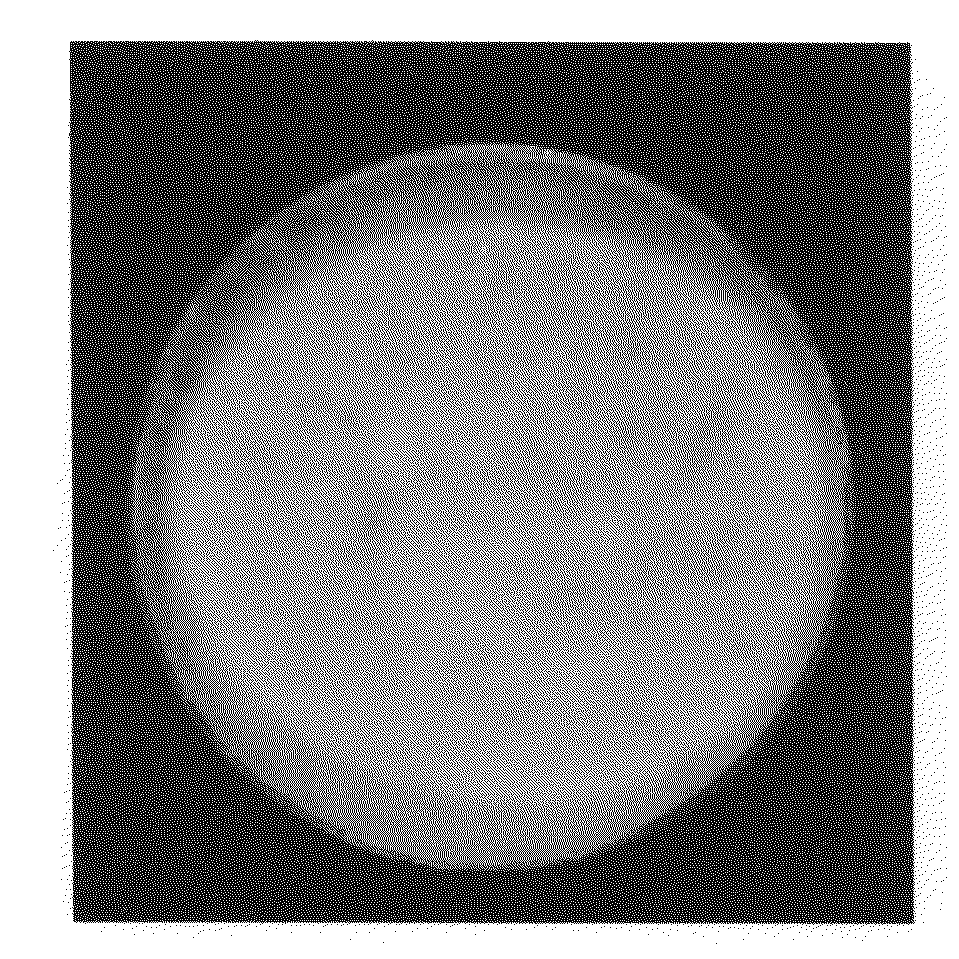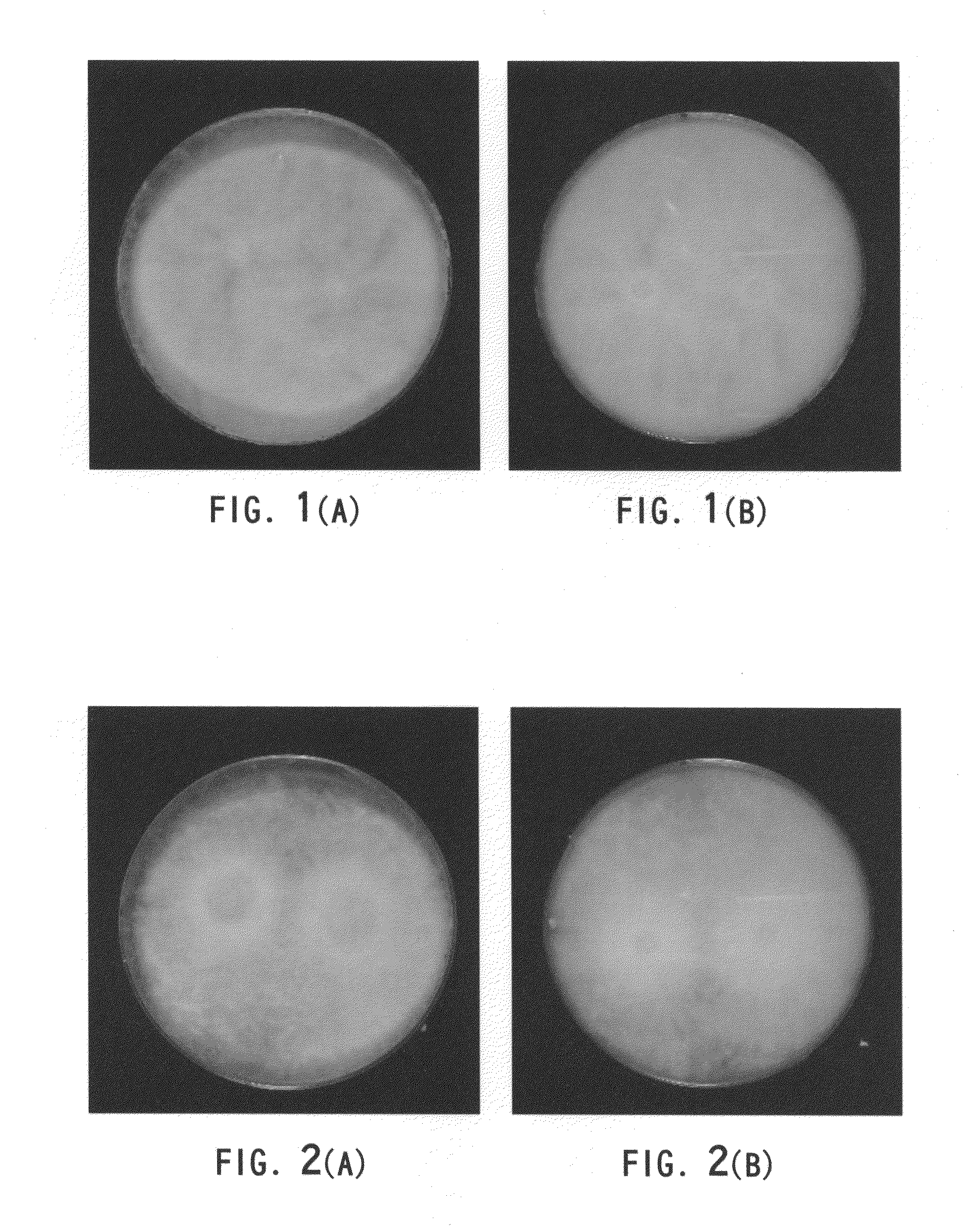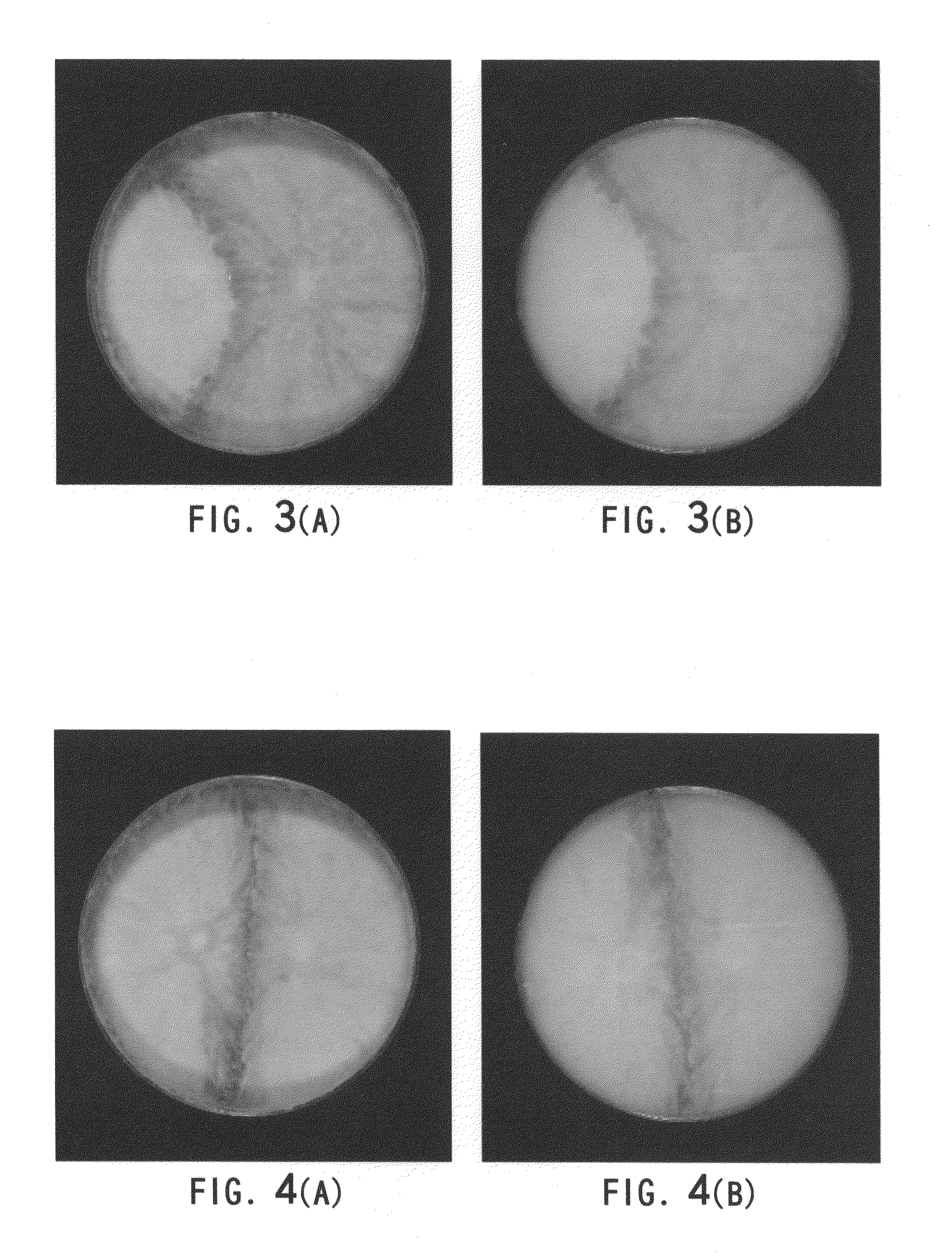Mushroom plants named 'PLE-3' and 'PLE-5'
- Summary
- Abstract
- Description
- Claims
- Application Information
AI Technical Summary
Benefits of technology
Problems solved by technology
Method used
Image
Examples
Embodiment Construction
[0047]The present invention relates to a new and distinct cultivar of mushrooms named ‘PLE-3’ and ‘PLE-5’ belonging to Pleurotus eryngii, featured by its presentable carpophore, delicacy, stable and consistent productivity and pronounced distinguishability. The mushrooms ‘PLE-3’ and ‘PLE-5’ of the invention are cultivated in the following cultivation processes.
PROCESSES OF CULTIVATION OF PLE-3 AND PLE-5
[0048]July 2004: Strain MH006367 having dominant trait was produced by crossbreeding parent strains HOKUTO PLE-2 and MH006220.
[0049]February 2007: Strain MH006376 was produced by crossbreeding an existing strain MH006322 and the aforementioned strain MH006367.
[0050]December 2007: Varieties PLE-3 and PLE-5 were produced by crossbreeding the aforementioned HOKUTO PLE-2 and MH006376, and then, a cultivation experiment and a characteristic assay were made about the varieties PLE-3 and PLE-5 thus obtained.
[0051]August 2008: The cultivation of PLE-3 and PLE-5 was concluded after confirmatio...
PUM
 Login to View More
Login to View More Abstract
Description
Claims
Application Information
 Login to View More
Login to View More - R&D
- Intellectual Property
- Life Sciences
- Materials
- Tech Scout
- Unparalleled Data Quality
- Higher Quality Content
- 60% Fewer Hallucinations
Browse by: Latest US Patents, China's latest patents, Technical Efficacy Thesaurus, Application Domain, Technology Topic, Popular Technical Reports.
© 2025 PatSnap. All rights reserved.Legal|Privacy policy|Modern Slavery Act Transparency Statement|Sitemap|About US| Contact US: help@patsnap.com



